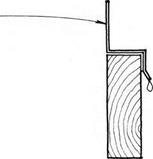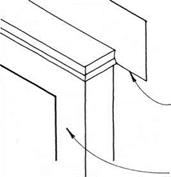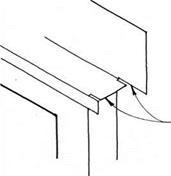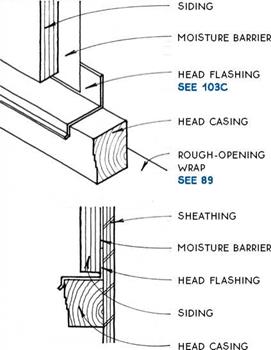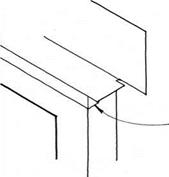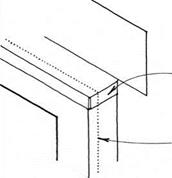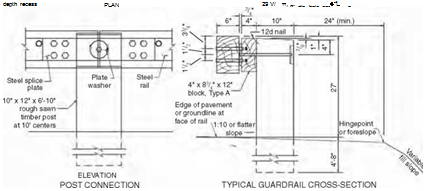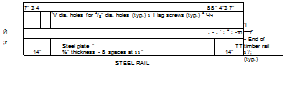Pavement Design and Climatic Effects
Most actual pavement design methods are based on the same principles. Linear elastic calculations are used to determine the stresses and strains in the pavement layers, under a reference traffic load, and then the calculated stresses and strains are compared with maximum allowable values, depending on the nature and characteristics of the pavement materials. Most usual design criteria are the following:
• For bituminous layers: a fatigue criterion, often limiting the tensile strain at the bottom of the bituminous layer to prevent upward cracking in thin bituminous layers...
read more





